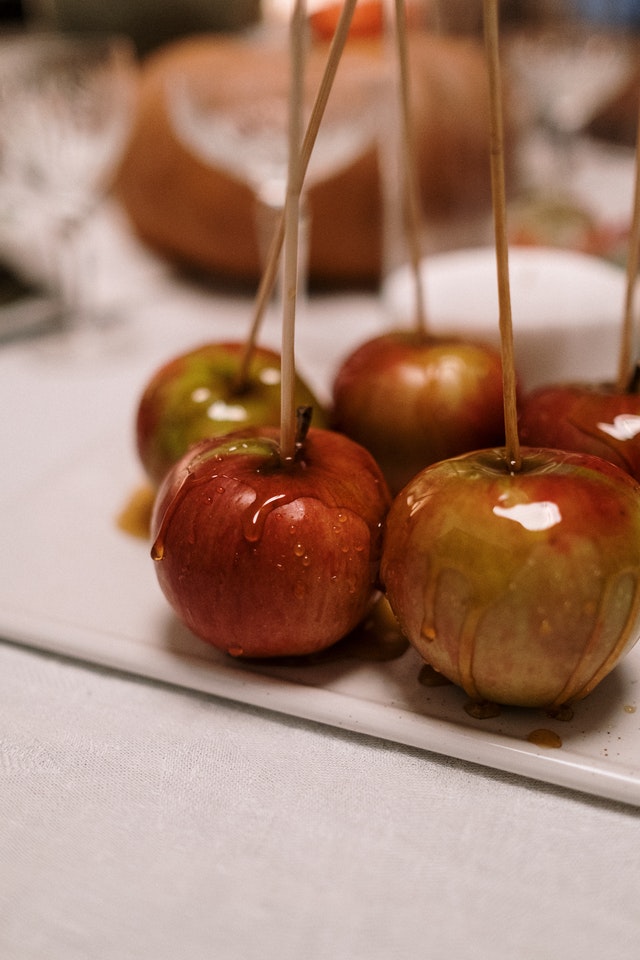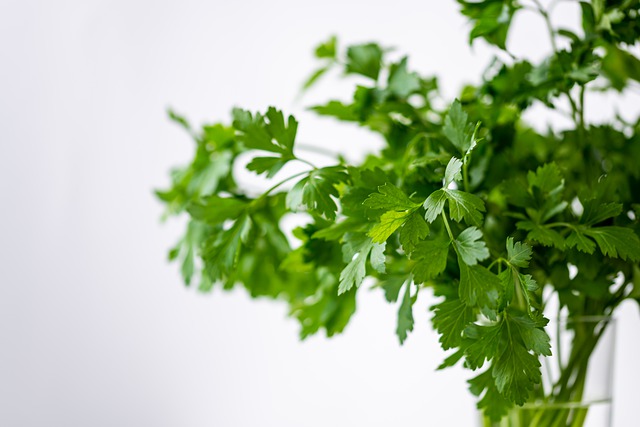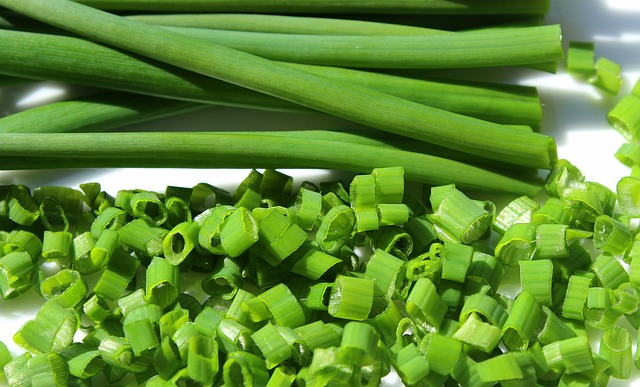The Christian Lent lasts 40 days, beginning on Ash Wednesday and ending on Easter. But what do 40 days of Lent mean? Does it just mean going hungry? No, fasting is conscious renunciation, creating space to look inward, outward, backward, forward, and upward. Adriana Marchetti, General Manager at the Falkensteiner Hotel Schladming, has already given you an insight into her decision this year to take part in a training course as a “spiritual fasting guide” in the first part of the blog series. In the second part, she will share with you her thoughts on fasting, renunciation, and the subsequent reintroduction of the body to normal food – by breaking the fast:
The soon approaching Easter holidays herald the end of the 40-day Lenten season. How have you been? How many dreams of the land of milk and honey did you have during this time? Have you also made a list of treats that you want to eat after the end of the fast? Chocolate, cakes, alcohol, meat? But this is exactly what harms the body more than you think. Depending on the length of the fast, and of course on the severity, the body has already gotten out of the habit of the deprived “pleasure object”. It is the head that cries out for it. But the body is first overtaxed. Especially after long therapeutic fasting, the production of digestive enzymes has ceased. So, in order to revive digestion, a light diet, i.e. sparing food, is recommended for breaking the fast.
Traditionally, the first food eaten after many fasts is a baked apple. Can you imagine how delicious a baked apple can look, smell, taste, and feel in your mouth? Just give it a try.
Whatever you’ve been doing without for the past few days, make time for snacking on your long-awaited object of pleasure:

look at it, smell it, feel it with your hands (if possible) and only then take a first bite or sip and let it truly melt in your mouth. So, does it taste the way you remember it? No? You don’t like it anymore?! Wonderful, then take it as an opportunity to break this (bad) habit. Better? Well then, continue to enjoy it – in moderation not in masses! Because, as we know, the dose makes the poison.
Soup for breaking the fast
If a baked apple is too hearty for you to break your fast, you can also try a classic soup to slowly accustom your body to normal food again without overtaxing it. I will tell you below how you can prepare a home-made Lenten soup according to the recipe of our chef in Schladming, Bernd Maier:

Ingredients for 4 servings
Preparation time: about 10 minutes
Cooking time: about 30 minutes
- 1 ltr. water
- 60 g parsnip peeled and finely diced
- 60 g fennel peeled and finely diced
- 60 g celery finely diced
- 60 g potato peeled and finely diced
- 60 g carrot peeled and finely diced
- 2 garlic cloves – peeled and finely diced
- 2 sage leaves finely chopped
- 2 bay leaves
- 5 g ginger finely diced
- 1 stalk of plucked thyme
- 1 small stalk of rosemary
- 4 juniper berries
- 1 sprig of lovage finely chopped
- 1 pinch of whole caraway seeds
- 1 pinch of freshly grated nutmeg
- 1 tsp tomato paste
- 1 teaspoon lemon juice
- A little chili to taste
Preparation:
Bring all ingredients to a boil in a pot with the water. Let the soup simmer gently for about 20 minutes and then serve warm.


Tip:
Add fresh herbs, such as chives and parsley, to the soup just before serving. This adds extra flavor. By the way: You can also use this soup for fasting if you sieve off the solid ingredients.







